A portion of the immortal and tenuous legacy of The Beatles unravels this month with Peter Jackson‘s Disney+ event docuseries, The Beatles: Get Back, chronicling the band’s rehearsals for their album Let it Be in absolute high-definition and glorious high fidelity. Murphy’s Multiverse got to see 40 minutes of the documentary and attend the press junket that saw Peter Jackson give insight as to how the series was made, what he learned, and what the surviving Beatles and their relatives thought of it.
Jackson’s last documentary, called They Shall Not Grow Old, restored film WW1 footage over a 100-years old using advanced film restoration methods. The experience prepped the director for taking on a project like Get Back as they had perfected the restoration technology by then.
In doing [They Shall Not Grow Old], we developed a whole lot of software and code. And so, when it came time to put the 16mm negative of the Get Back sessions through our pipeline, it was, you know, we sort of had done it before. Obviously, you’re dealing with color 16mm, not black and white. So, you know, but it’s something we sort of had done before. And the reason why, by the way, I did that, I wanted to make it pristine, is I’ve always fantasized as a Beatles fan, funny, I’ve always wished that someone could invent a time machine. And if somebody said to me, “Hey, there’s a time machine. You get one trip. What would it be?” I’d say “I wanna go back to the 60s”.
On top of the herculean task of making sure the film quality matched modern standards, Jackson’s team was faced with the equally gruelling task of restoring inaudible audio. But with the help of state-of-the-art software, they were able to accurately restore audio that would have otherwise been unlistenable.
The most depressing thing about this whole project at the beginning was the audio. It was like, “Okay, it’s great but God, I wish we could hear what they’re saying.” So what we ultimately did here in New Zealand at Park Road Post is we’ve got these very clever people. They’ve developed an AI program, a machine learning program, where we could take this mono tape, we digitize it, put it into the computer, teach the computer what a guitar sounds like, teach the computer what a human voice sounds like, teach them what a drum sounds like.
With high-definition audio comes new information that no one has heard prior. Jackson made use of the advantages they had to explore a side of the band that no one has ever seen before. This allows the documentary to dispel myths and show the band in a completely new light.
So, we are revealing 50 year old conversations that they deliberately drowned out that no one’s ever heard before. So, what that does is it allows us to hear The Beatles telling the story. I didn’t want modern footage of people being interviewed telling the story. I wanted only just to see them. And so, they need to tell their story as it was in January of ’69. To do that, you need to hear the conversations because they’re talking about things going wrong and what they’re gonna do. And so, by revealing all these conversations, clear, clean conversations, we’re able to have them tell their own story through these 21 days.
Easily one of the most fascinating parts of the documentary is seeing Yoko Ono on the rehearsal stage with the band. All has been said about Yoko’s personal impact on the band but the documentary does a great job of showing how she truly was in their presence.
I mean, it’s interesting when you’re as famous as The Beatles, everything that gets reported and written about it in the passing of time it becomes a sort of a myth. It’s either black or white, you know? To people, she’s either not in the studio or she’s in the studio breaking up the band. But the truth is much more nuanced than that. She’s there because John and she are in love. John leaves in the morning to come to work. He doesn’t wanna say goodbye to her and not be with her for eight hours. Why not?
The critical thing with Yoko, which I think, you know, must be recognized is she doesn’t interfere with what they’re doing. She doesn’t pipe up after three, you know, rehearsals of Get Back and say, “Oh, I think that solo should be faster.” She never, ever interferes with them. She sits there, she knits, she writes, she does some art, she’s there with John.
Lastly, Jackson revealed the reaction of the remaining members and their families to the unfinished footage he showed them months back. Needless to say, the reaction was unanimous and is the best stamp of approval one could get making a Beatles documentary.
This is coming out on Thanksgiving so you’ve got a few nervous Liverpool guys. They’ve never pulled the curtain back to this degree. When I showed it to them, I was expecting notes. Plus, I was expecting a Beatle thing of, like, you know, “When I say this, can you just cut that bit out, ‘cause I don’t think…” I was expecting all that. All I got was versions of “It was incredibly stressful to watch. It’s very raw. Oh my God. It’s is a definitive history of this period, so don’t change a thing.” And you’ve gotta give them credit for that, ‘cause that’s them being very brave, ‘cause they’ve never, exposed themselves with the raw material. You know, they’ve never allowed people to see The Beatles in such an honest way before.







